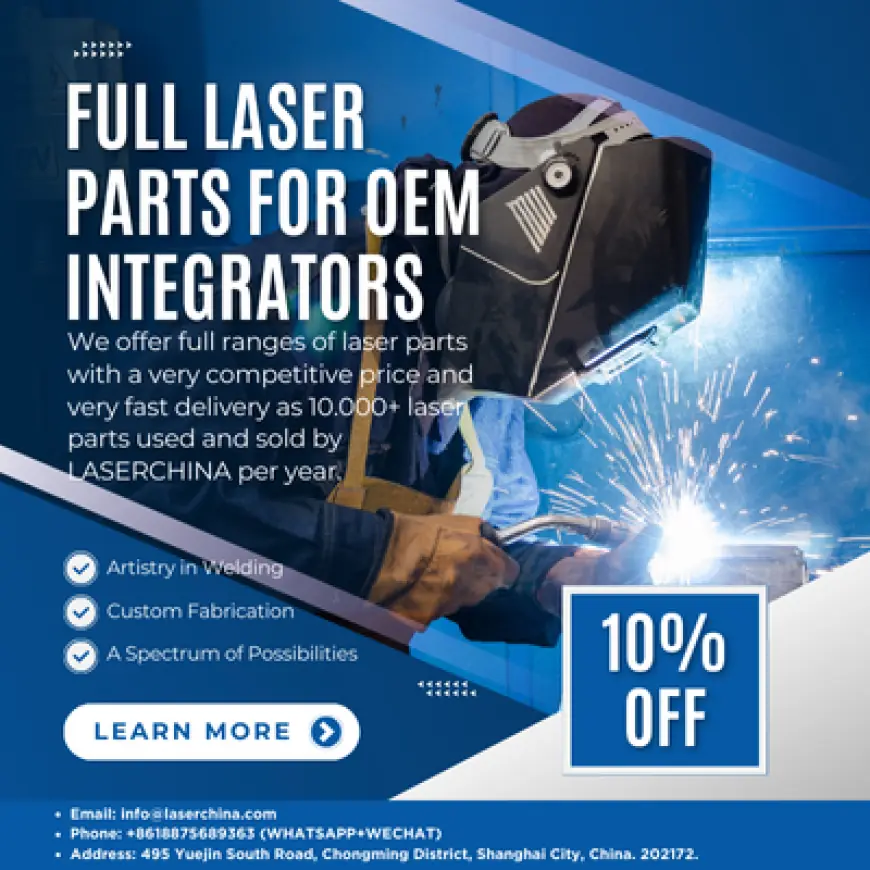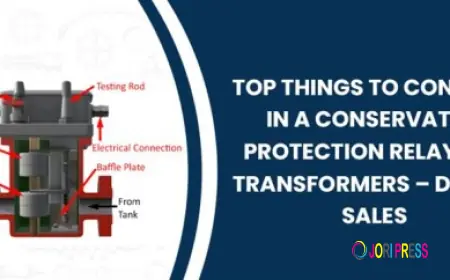What is laser marking and why is it a preferred solution for permanent material identification
Laser marking is a cutting-edge technology used to permanently mark, engrave, or etch text, logos, serial numbers, barcodes, or graphics onto a wide range of materials such as metal, plastic, glass, ceramics, and more.

Laser marking is a cutting-edge technology used to permanently mark, engrave, or etch text, logos, serial numbers, barcodes, or graphics onto a wide range of materials such as metal, plastic, glass, ceramics, and more. This process uses a highly focused laser beam to alter the surface properties of the material without physically touching it, making it a non-contact, wear-resistant, and precise method of identification and branding.
There are several types of laser marking techniques, including annealing, engraving, etching, foaming, carbon migration, and color change. Each technique is selected based on the material being marked and the desired outcome. For instance, annealing is commonly used for stainless steel and titanium, producing marks without damaging the surface, while deep engraving is ideal for tool parts or automotive components that require long-lasting identification.
One of the main reasons laser marking is preferred across industries is its permanence and resistance to wear and tear. Unlike ink printing or labels, laser marks do not fade, peel, or wear off over time, even in harsh environments such as heat, moisture, chemicals, or abrasion. This makes it ideal for industries like aerospace, automotive, medical device manufacturing, electronics, and jewelry, where traceability, compliance, and durability are critical.
In terms of precision and speed, laser marking machines deliver extremely accurate results, often at high processing speeds. Advanced machines can mark even microscopic details with consistent quality. This is essential for micro-marking electronic components or creating intricate branding elements on luxury items. Because the laser beam is computer-controlled, every mark is consistent, repeatable, and highly legible.
Another major benefit is that laser marking is environmentally friendly and cost-effective. Since it is a non-contact process, there’s no need for consumables like inks, chemicals, or dies. This results in minimal maintenance and lower operating costs over time. Plus, because it generates little to no waste, it’s a more sustainable option compared to traditional marking methods.
Laser marking machines are also easy to integrate into production lines. Many manufacturers offer automated or semi-automated systems that can be synchronized with conveyors, robotic arms, or CNC machinery. This enables seamless, high-volume production with reduced human intervention and increased efficiency.
Moreover, laser marking enhances product authenticity and traceability. With the rising concerns about counterfeit goods, having unique, scannable codes or marks helps brands maintain control over their supply chain and assure customers of product originality.
In conclusion, laser marking stands out as a modern, permanent, and highly efficient solution for material identification. Its versatility across different materials, low running costs, environmental safety, and integration capabilities make it the go-to choice for industries that demand high precision, compliance, and durability in marking. Whether for industrial parts, consumer electronics, or luxury goods, laser marking offers unmatched value in today’s manufacturing landscape.
What's Your Reaction?
 Like
0
Like
0
 Dislike
0
Dislike
0
 Love
0
Love
0
 Funny
0
Funny
0
 Angry
0
Angry
0
 Sad
0
Sad
0
 Wow
0
Wow
0

















































